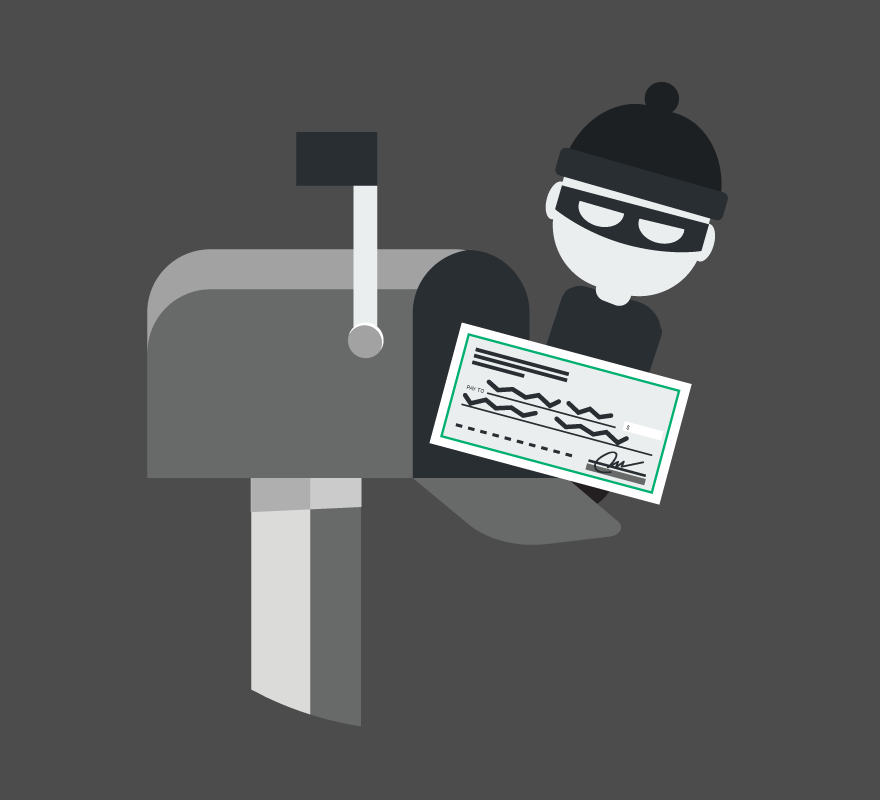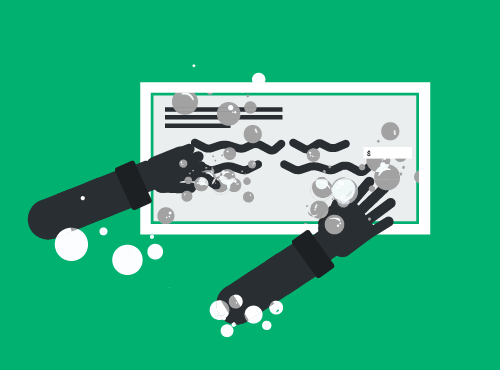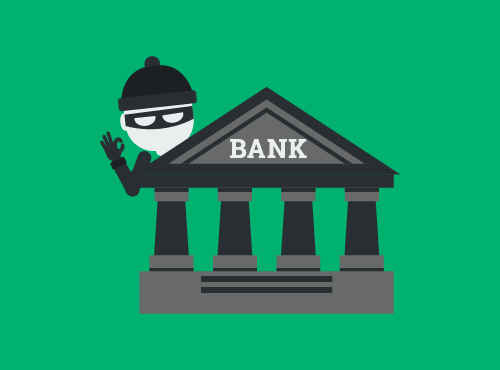Check Washing Fraud
We are urging our customers to stay vigilant about a rising bank fraud known as "check washing." In this scheme, scammers steal your check—often by intercepting it in the mail—use chemicals to remove the original ink, replace it with a new payee and amount, and cash (or negotiate) it at an unsuspecting bank.




